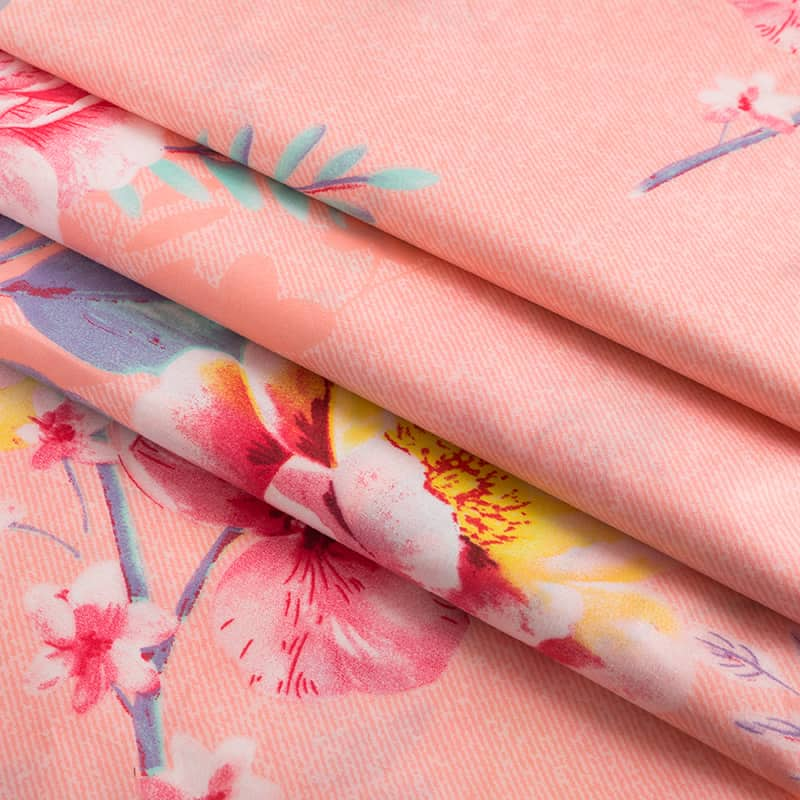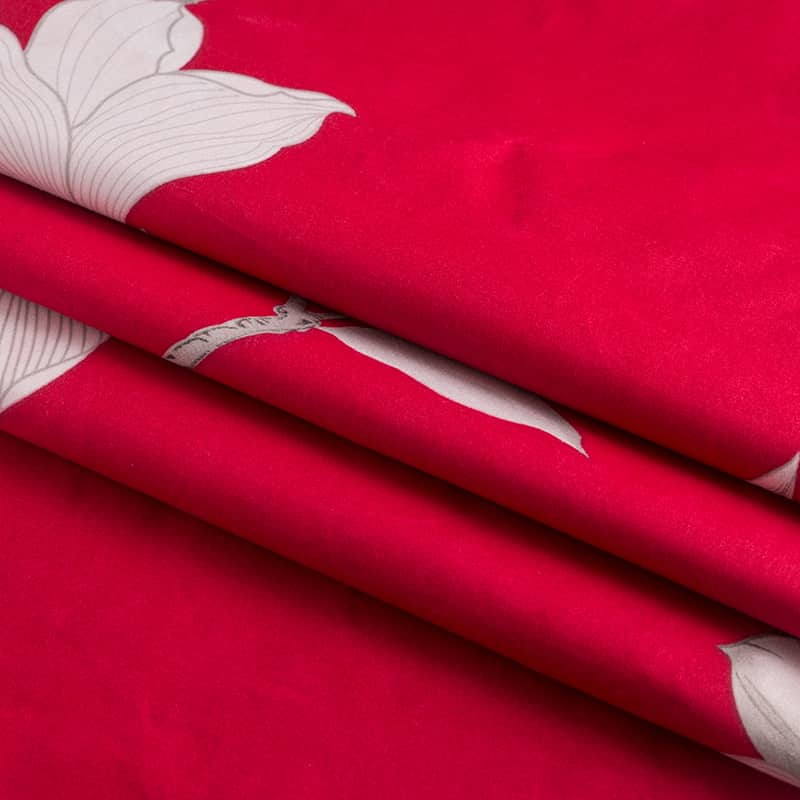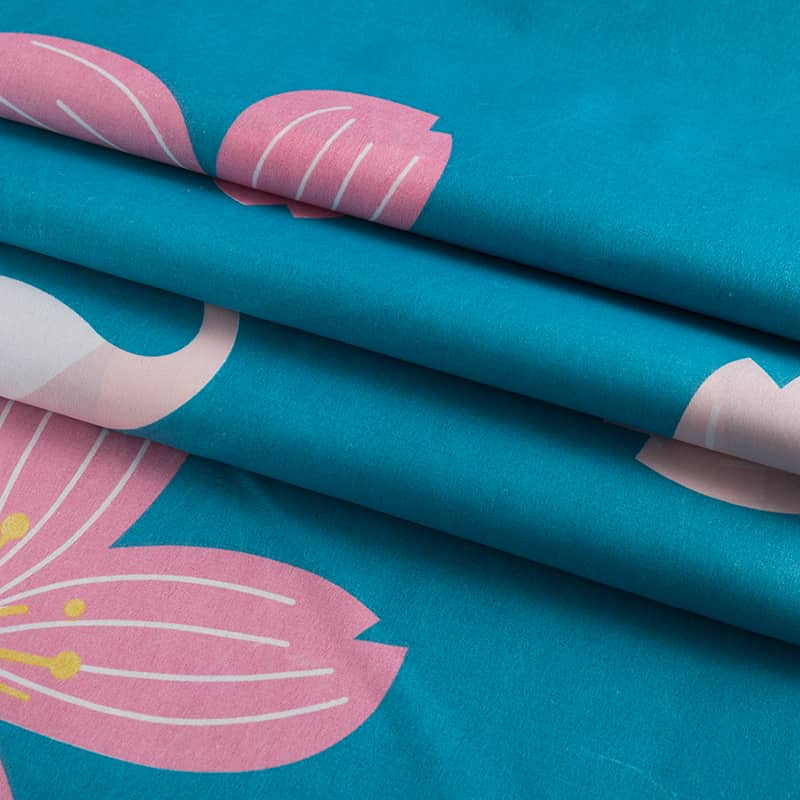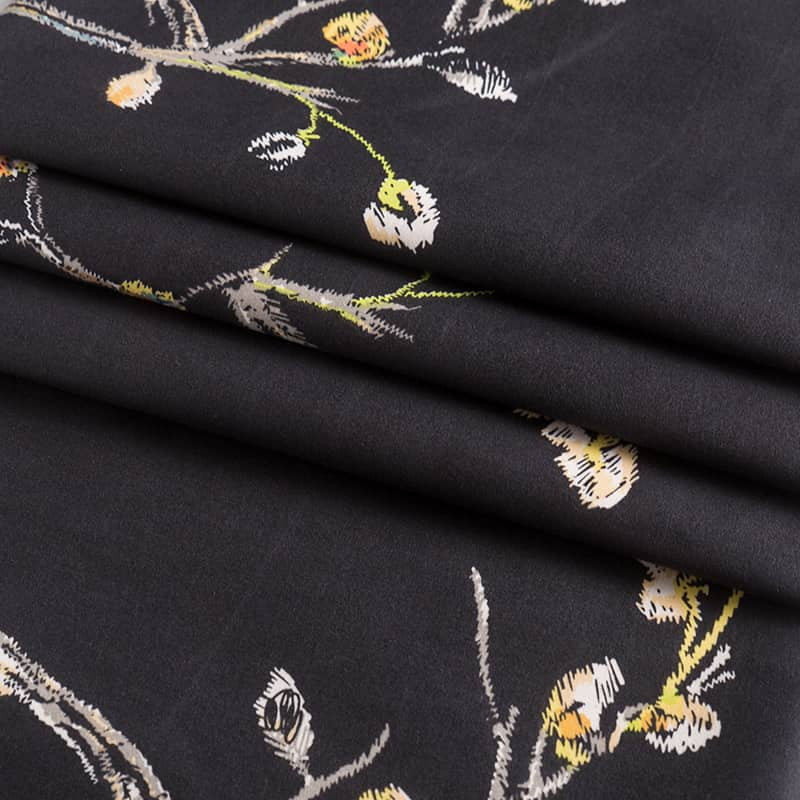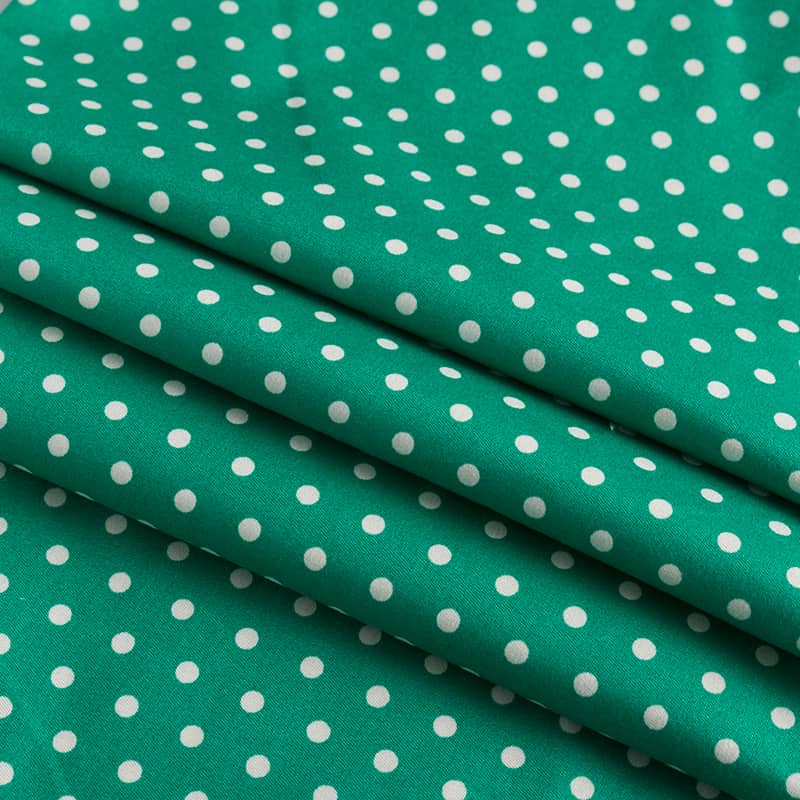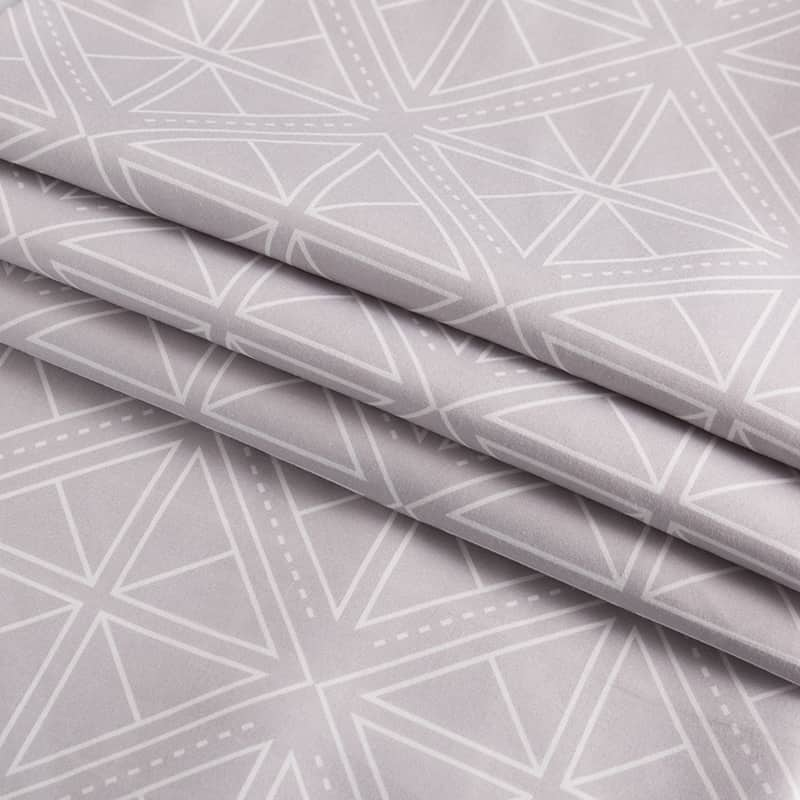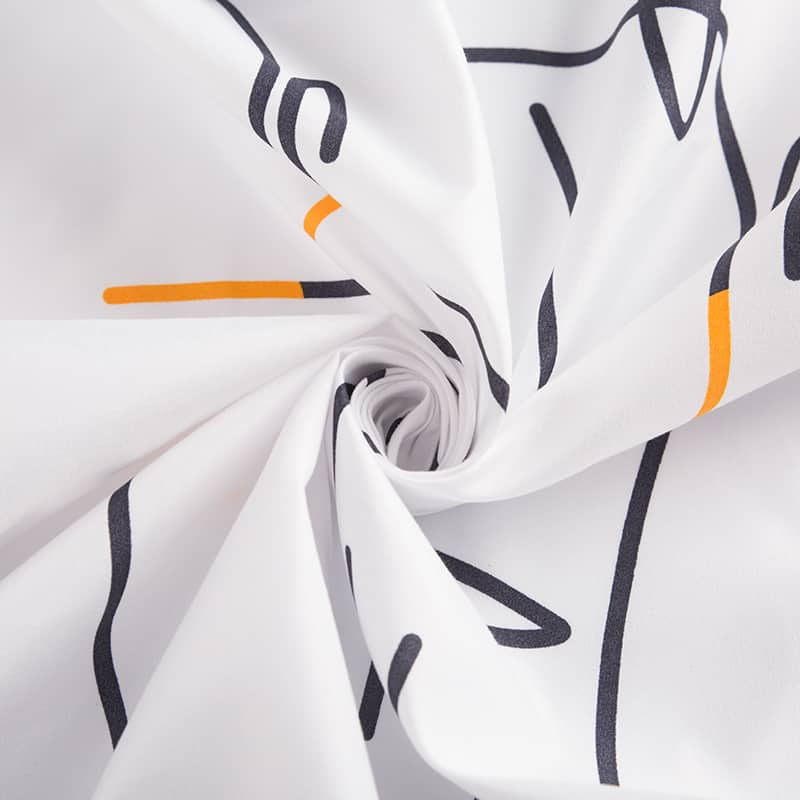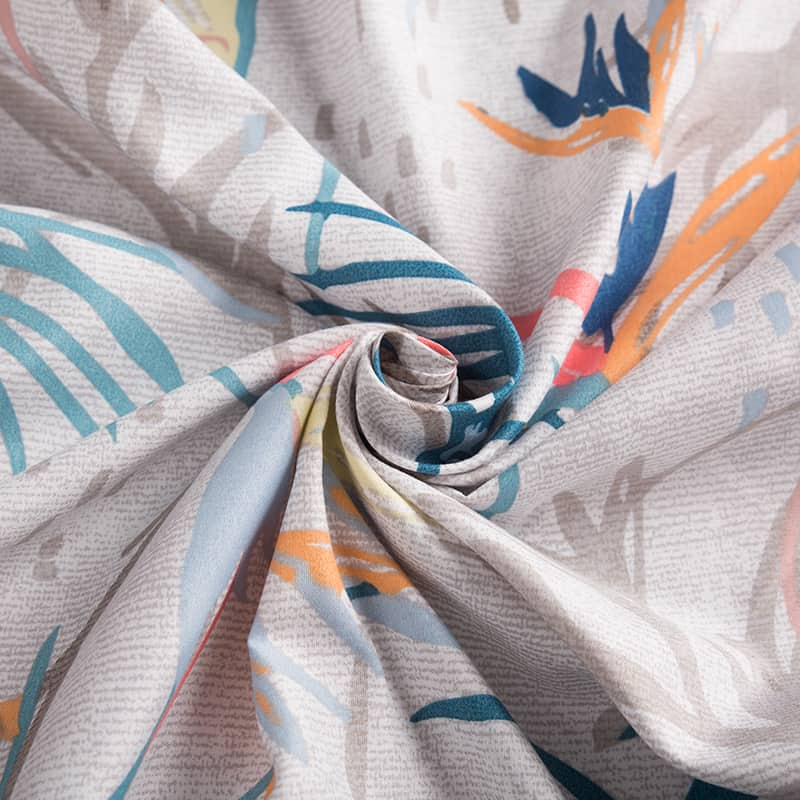Pigment printing is one of the most popular printing techniques in textiles. It can be used to print patterns or solid color on various fabrics including cotton, polyester, silk and more. It is known for its durability and eye-catchy colors. This printing technique can be easily performed by digital printers which make it a cost-effective and fast method for fabric printing. It is also eco-friendly and efficient. It requires less water than other methods such as dye-sub or reactive printing. This also reduces the burden on the waste treatment facility. This is the reason why it has become a popular choice for many garment and apparel manufacturers.
In pigment printing fabric, insoluble pigments are fixed on to the textile with binders. These are made from either organic or synthetic, carbon-based materials. In contrast to dyes, water does not dissolve them and therefore the binders are necessary. They help to adhere the colored pigments onto the fabric and give it a soft hand feel. However, these binders can often affect the crock fastness and stiffen the fabric to some extent. Therefore, it is important to find a balance between the desired hand and a suitable level of crock fastness.
The main advantage of pigment printing is that it is a permanent process. It is resistant to fading, washing and rubbing, making it ideal for garments and other textile fabrics that need to be washed frequently. It also resists chlorine bleaching, making it a great option for textiles that are to be used in harsher environments. Another benefit of pigment printing is that it offers a high level of color accuracy and vibrancy that can’t be achieved with other processes. This makes it a popular choice for designers and apparel manufacturers that want to create bright, eye-catching garments and other textile products.
However, some of the drawbacks of pigment printing are that it can be very costly and requires large setups. It can be difficult to produce smaller quantities as the inks are very expensive. Additionally, the binders used to hold the colored pigments can lead to stiffer fabric than dye prints. This is because they have larger molecule sizes than dyes, which can cause them to be more rigid. For this reason, a lot of companies are looking for a way to improve the softness and hand feel of pigment printed fabrics without losing their color fastness and resistance to crocking. This is where the present invention comes in.
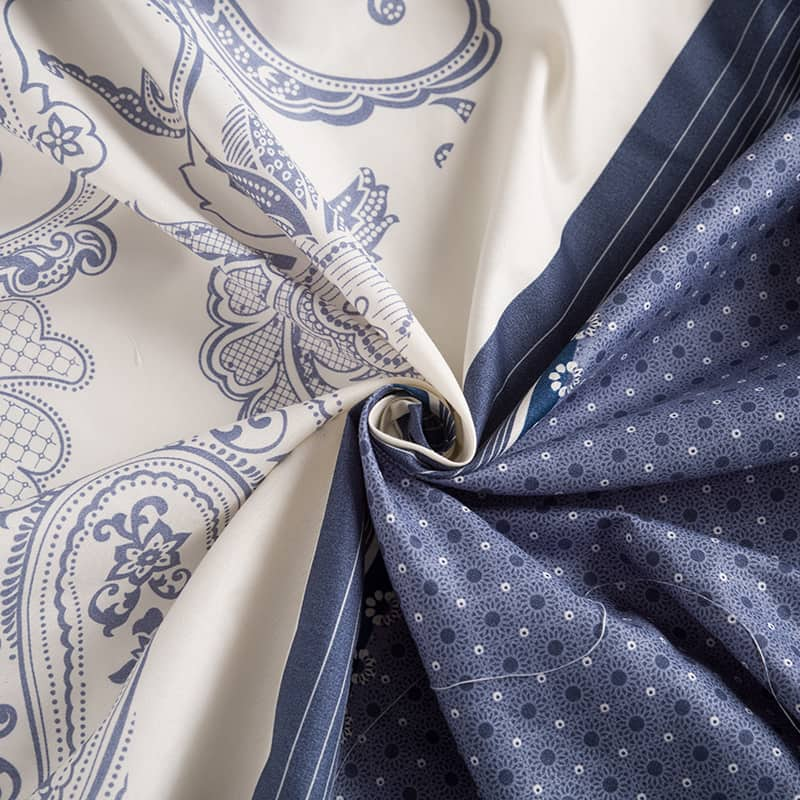


 英语
英语 西班牙语
西班牙语
